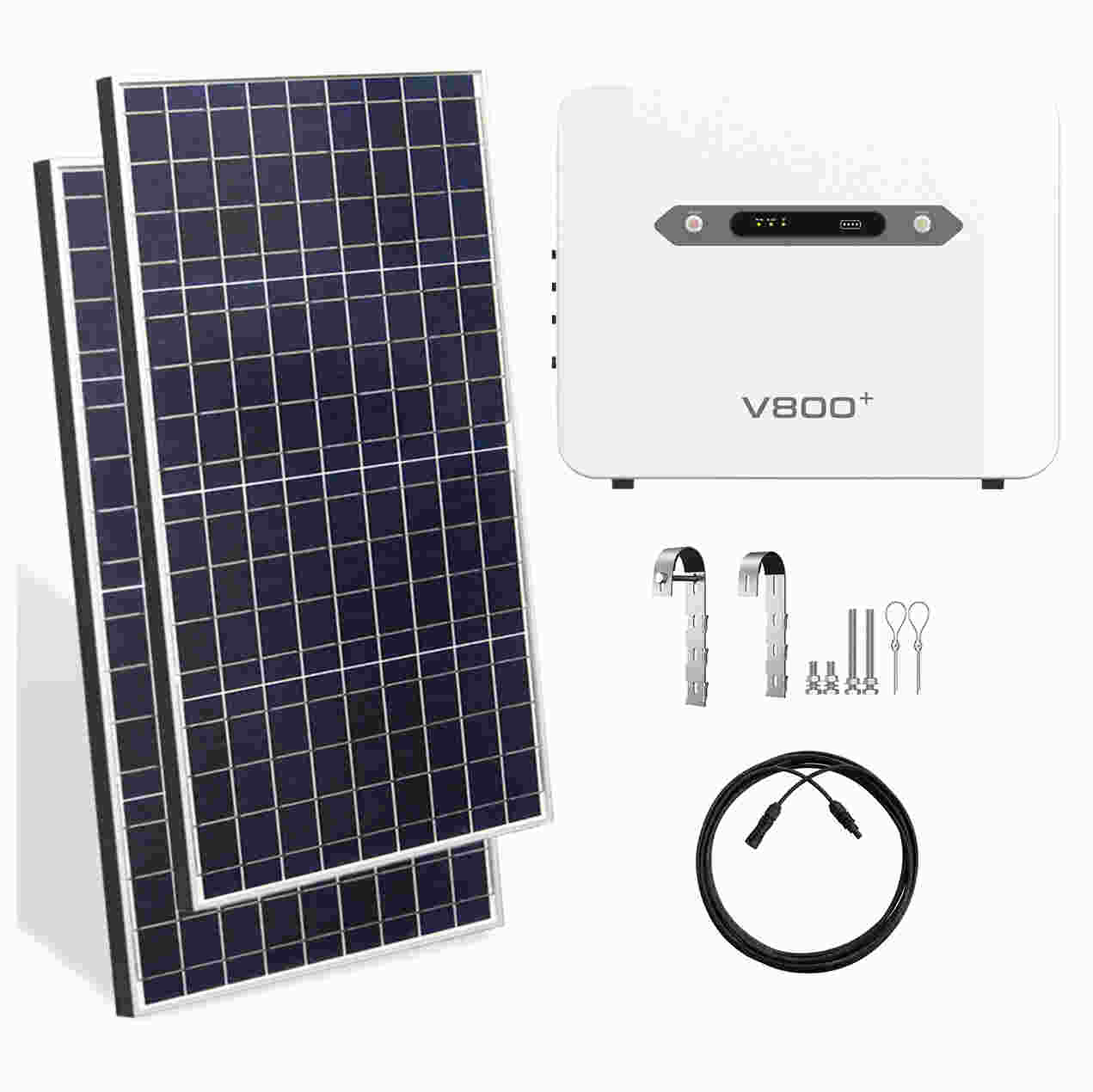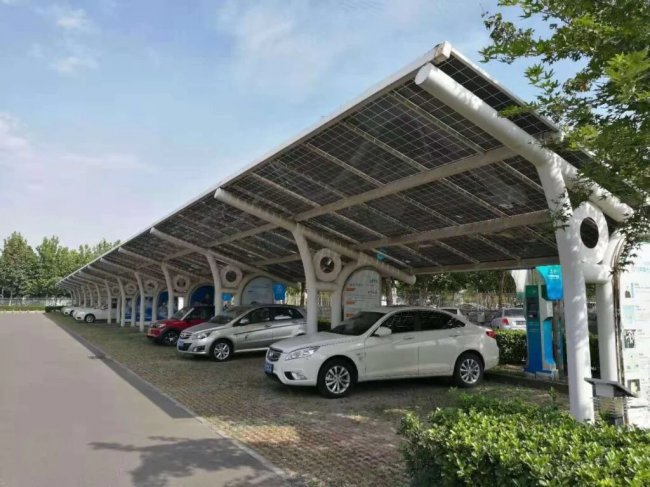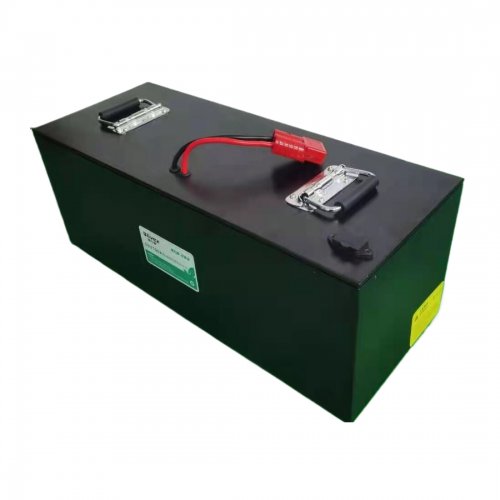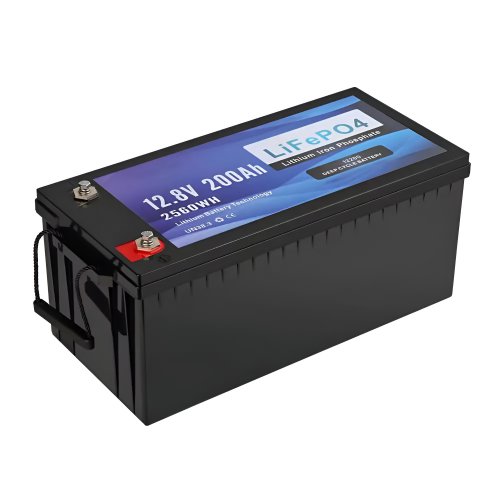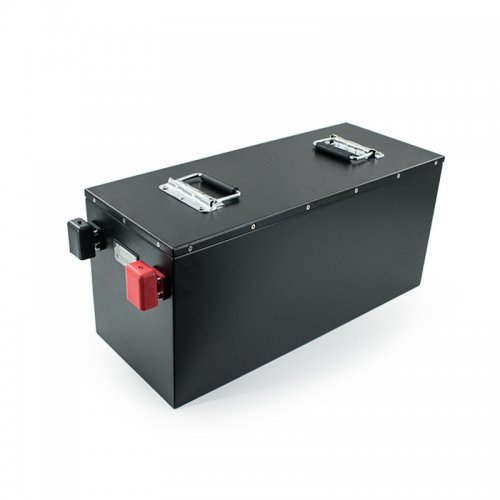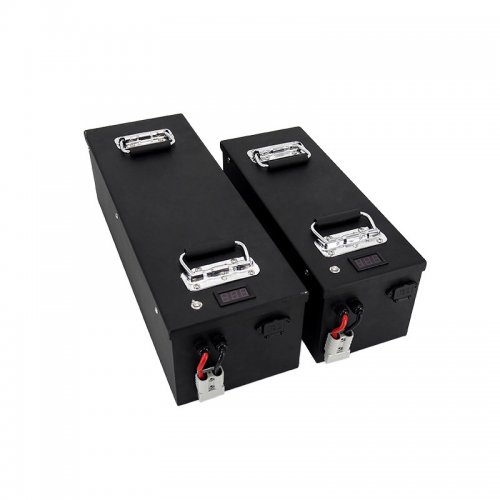Advances In Interface Engineering: Pushing The Boundaries Of Functional Materials And Devices
Interface engineering has emerged as a cornerstone discipline in modern materials science, chemistry, and device physics. It is the deliberate and precise manipulation of the chemical, physical, and electronic properties at the juncture between different materials, phases, or domains. Once considered a passive boundary, the interface is now recognized as a dynamic region that often dictates the performance, efficiency, and stability of an entire system. Recent years have witnessed a paradigm shift from merely observing interfacial phenomena to actively designing and constructing interfaces with atomic-level precision, leading to groundbreaking advancements across energy, electronics, and biotechnology.
Recent Research and Technological Breakthroughs
The progress in interface engineering is largely fueled by sophisticated characterization techniques and computational modeling.In-situandoperandomethods, such as environmental transmission electron microscopy (ETEM) and synchrotron-based X-ray photoelectron spectroscopy (XPS), allow scientists to observe interfacial reactions and structural evolution in real-time under working conditions. Concurrently, density functional theory (DFT) and molecular dynamics simulations provide invaluable insights into atomic arrangements, charge transfer, and bonding at interfaces, guiding rational design before experimental synthesis.
One of the most impactful areas of progress is in energy conversion and storage. In perovskite solar cells (PSCs), whose rapid rise has captivated the photovoltaics community, interface engineering is the key to unlocking both high efficiency and long-term stability. The interfaces between the perovskite absorber and the charge transport layers (HTL/ETL) are hotspots for non-radiative recombination and ion migration. Recent breakthroughs involve the use of multidimensional heterostructures. For instance, the introduction of 2D/3D perovskite heterostructures at the interface has proven highly effective. The 2D perovskite layer acts as a passivating blanket, suppressing defect states and mitigating ion diffusion, while the 3D bulk provides excellent light absorption. This approach has led to devices with power conversion efficiencies exceeding 25% and significantly improved operational lifetimes [1]. Similarly, in lithium-ion and post-lithium batteries (e.g., Li-S, all-solid-state), interface engineering is critical. The development of artificial solid-electrolyte interphases (ASEI) through atomic layer deposition (ALD) or molecular self-assembly creates a stable, ion-conducting barrier between the electrode and the electrolyte. This suppresses detrimental side reactions and dendrite growth, enabling the use of high-capacity anodes like lithium metal. A notable study demonstrated that an ultrathin, lithiophilic layer of germanium applied via ALD can guide uniform lithium plating, dramatically enhancing the cycle life of lithium-metal batteries [2].
In the realm of electronics and quantum materials, interface engineering has unveiled entirely new physical phenomena. The most celebrated example is the discovery of superconductivity and magnetism at the interface between two insulating oxides, such as LaAlO₃ and SrTiO₃. This LaAlO₃/SrTiO₃ interface hosts a two-dimensional electron gas (2DEG) with exotic properties, demonstrating that interfaces can be "built" to create states of matter that do not exist in the parent materials. More recently, the field of van der Waals (vdW) heterostructures, created by stacking atomically thin layers like graphene, hexagonal boron nitride (h-BN), and transition metal dichalcogenides (TMDs), has become a playground for interface engineering. By controlling the twist angle between two graphene layers, for example, researchers have engineered "twistronics," where moiré superlattices form, leading to correlated insulating states and unconventional superconductivity [3]. The clean, defect-free interfaces achievable in these vdW systems allow for the exploration of quantum phenomena with unprecedented clarity.
Furthermore, interface engineering is revolutionizing (bio)sensing and catalysis. The functionalization of sensor surfaces with specific molecular receptors or ligands enables ultra-sensitive and selective detection of biomarkers, pathogens, and pollutants. The integration of nanomaterials like graphene or MXenes with biorecognition elements has led to a new generation of electrochemical and optical biosensors with attomolar detection limits. In electrocatalysis, for reactions like the oxygen evolution reaction (OER) and CO₂ reduction, the local environment at the catalyst-electrolyte interface is paramount. Recent strategies focus on engineering the interfacial electric field and the water network (hydrophilicity/hydrophobicity) to control reactant concentration and proton-coupled electron transfer kinetics. For example, embedding single-atom catalysts (SACs) within a nitrogen-doped graphene matrix creates a highly defined and tunable interface, optimizing the binding energy of reaction intermediates and boosting both activity and selectivity [4].
Future Outlook and Challenges
Despite the remarkable progress, significant challenges and exciting opportunities lie ahead. The future of interface engineering will be characterized by several key trends.
First, the pursuit of dynamic and adaptive interfaces is gaining momentum. Most current interfaces are static, designed for a specific set of conditions. The next frontier involves creating "smart" interfaces that can reconfigure their properties in response to external stimuli such as pH, light, electric field, or mechanical stress. This is particularly relevant for next-generation biomedical devices, soft robotics, and adaptive catalysts.
Second, the integration of multi-modal and high-throughput experimentation with artificial intelligence (AI) and machine learning (ML) will accelerate discovery. The vast parameter space of interfacial design—composition, structure, defect density, etc.—is too complex for traditional trial-and-error approaches. AI/ML models trained on large datasets from combinatorial synthesis and characterization can predict optimal interfacial structures and guide autonomous experimental platforms, drastically reducing development time.
Third, achieving atomic-scale precision and mechanistic understanding across different length and time scales remains a grand challenge. While techniques like scanning probe microscopy offer atomic resolution, correlating this with device-level performance under operational conditions is non-trivial. The development of newin-situtools that can probe buried interfaces—such as those in a working battery or encapsulated electronic device—is crucial.
Finally, the principles of interface engineering will be increasingly applied to biological systems and sustainable technologies. Understanding and mimicking the sophisticated interfaces found in nature, such as cell membranes or enzyme-active sites, can lead to breakthroughs in synthetic biology and bio-hybrid devices. For sustainability, designing interfaces for direct air capture of CO₂, selective catalysis for plastic upcycling, and robust interfaces for water splitting cells will be of paramount importance.
In conclusion, interface engineering has evolved from a supporting role to a central discipline that enables the creation of materials and devices with previously unimaginable functionalities. By continuing to push the boundaries of our control over this nanoscopic world, we can address some of the most pressing challenges in energy, information technology, and human health. The interface is not just a boundary; it is the frontier of innovation.
References:
[1] Grancini, G., & Nazeeruddin, M. K. (2019). Dimensional tailoring of hybrid perovskites for photovoltaics.Nature Reviews Materials, 4(1), 4-22. [2] Kozen, A. C., et al. (2015). Next-generation lithium metal anode engineering via atomic layer deposition.ACS Nano, 9(6), 5884-5892. [3] Cao, Y., et al. (2018). Unconventional superconductivity in magic-angle graphene superlattices.Nature, 556(7699), 43-50. [4] Jiao, Y., Zheng, Y., Jaroniec, M., & Qiao, S. Z. (2015). Design of electrocatalysts for oxygen- and hydrogen-involving energy conversion reactions.Chemical Society Reviews, 44(8), 2060-2086.
Customized/OEM/ODM Service
HomSolar Supports Lifepo4 battery pack customization/OEM/ODM service, welcome to contact us and tell us your needs.


HomSolar: Your One-stop LiFePO4 Battery Pack & ESS Solution Manufacturer
Our line of LiFePO4 (LFP) batteries offer a solution to demanding applications that require a lighter weight, longer life, and higher capacity battery. Features include advanced battery management systems (BMS), Bluetooth® communication and active intelligent monitoring.

Customised Lithium Iron Phosphate Battery Casing
ABS plastic housing, aluminium housing, stainless steel housing and iron housing are available, and can also be designed and customised according to your needs.

HomSolar Smart BMS
Intelligent Battery Management System for HomSolar Energy Storage System. Bluetooth, temperature sensor, LCD display, CAN interface, UART interface also available.


Terminals & Plugs Can Be Customized
A wide range of terminals and plugs can be customised to suit the application needs of your battery products.

Well-designed Solutions for Energy Storage Systems
We will design the perfect energy storage system solution according to your needs, so that you can easily solve the specific industry applications of battery products.



About Our Battery Cells
Our energy storage system products use brand new grade A LiFePO4 cells with a battery lifespan of more than 4,000 charge/discharge cycles.



Applications in Different Industries
We supply customized & OEM battery pack, assemble cells with wiring, fuse and plastic cover, all the cell wires connected to PCB plug or built BMS.
Applications: E-bike, Electric Scooter, Golf Carts, RV, Electric Wheelchair, Electric Tools, Robot Cleaner, Robot Sweeper, Solar Energy Storage System, Emergency Light, Solar Power Light, Medical Equipment, UPS Backup Power Supply.
We can provide you with customized services. We have the ability to provide a vertical supply chain, from single cells to pack/module and to a complete power solution with BMS, etc.


HomSolar (Shenzhen) Technology Co., Ltd








